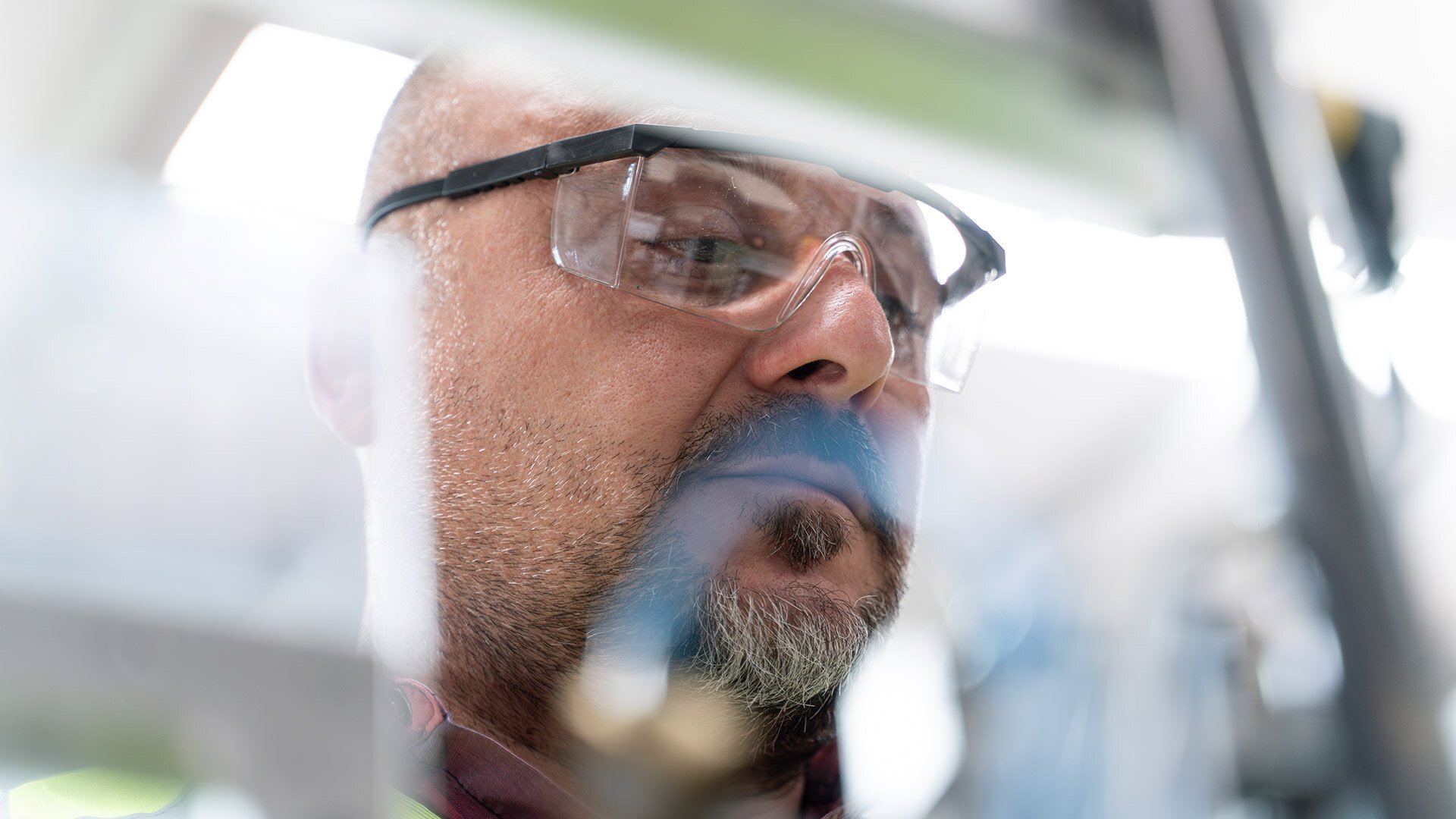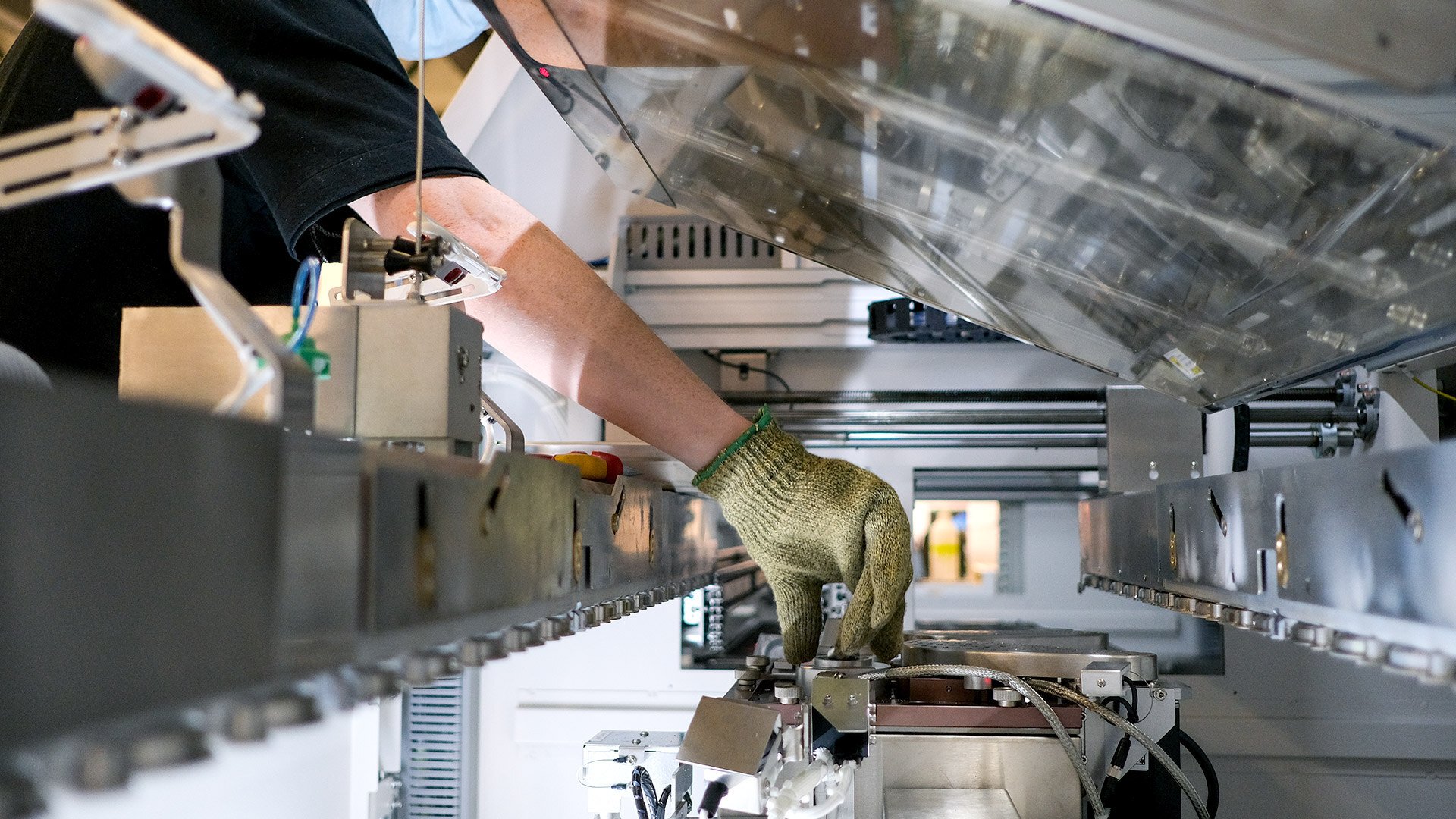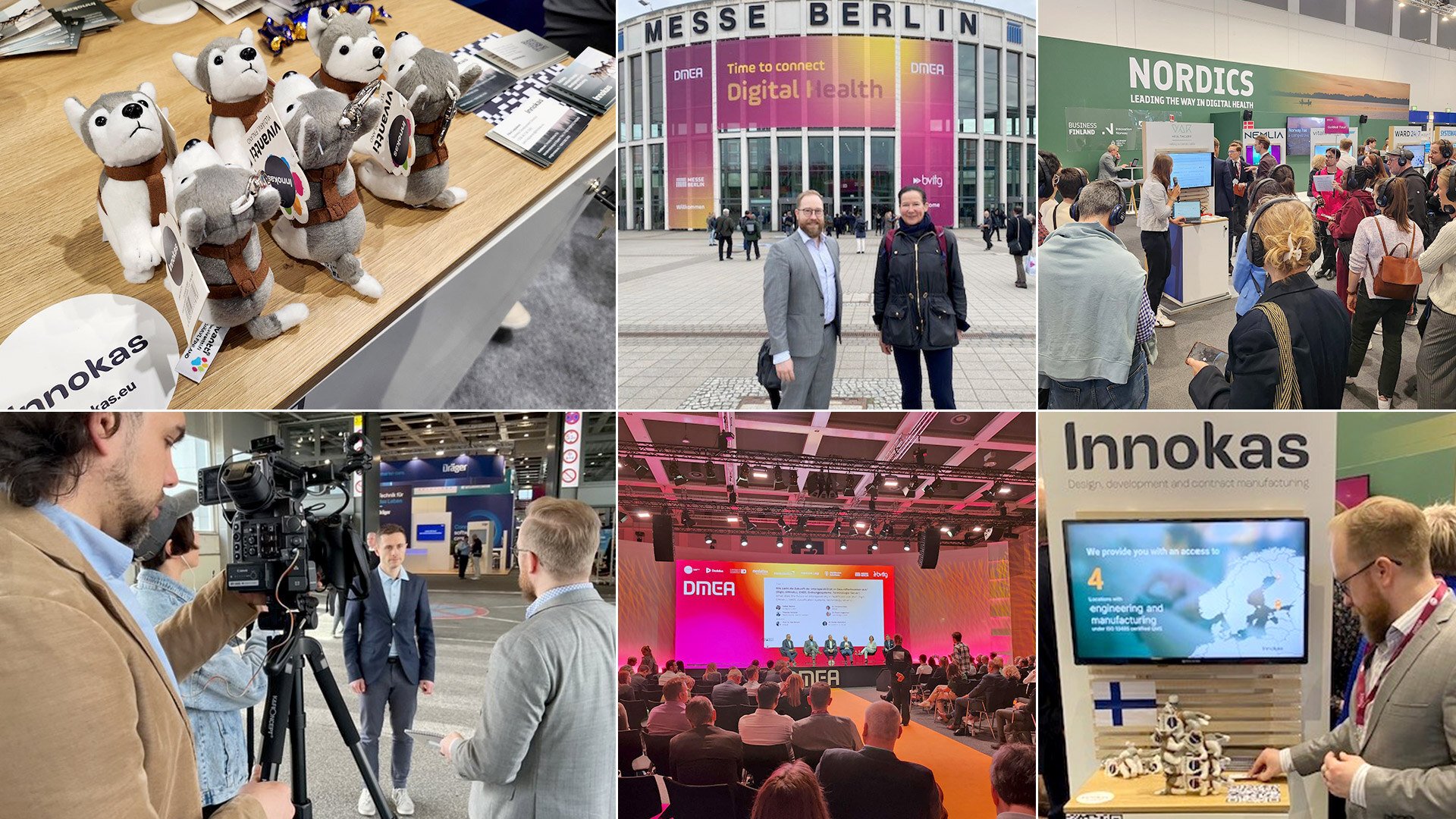Everyone is familiar with phones, microwaves, and coffee makers, but few people understand what goes into developing these types of devices and the challenges faced when transitioning from a working prototype to mass produceable product. The key question to ask is: even though this device has been built once, can it be built repeatedly in a cost-effective and timely manner? Transitioning from a prototype to a mass-produced product requires careful planning and attention to detail. Understanding why this is difficult starts with understanding what makes a smart device. Four Innokas experts explain.
What is a smart device?
A smart device is often defined as electromechanical in nature, as it typically combines three main components: electronics, mechanics, and embedded software that together perform the device's functions. For example, the software divides the motor drive profile into parameters and signals, which are then sent to the motor driver electronics to control the actual motor's mechanical movement. Recently, connectivity and mobile or cloud applications are becoming the fourth key component in smart devices. Software plays an ever-growing role, enabling precise tuning of more and more complex features to ensure they operate seamlessly, cost-effectively, and on time. The devices are also increasingly remote-accessible for easier and more sustainable repairs and updates.
Defining requirements and ensuring documentation for components
The first step in developing a device like this is to clearly define its technical requirements and determine what functions will be handled by software versus hardware.
For complex, regulated devices such as smart medical devices, thorough documentation of these functions is mandatory. This includes testing every function and ensuring reliable suppliers for each component to enable coordinated manufacturing.
Though cheaper and faster than using only mechanics, software also must meet certain requirements to be considered acceptable by validation and verification according to software standards, especially for intricate devices like smart medical devices. The European Union's Cyber Resilience Act (CRA) introduces strict requirements for the planning, design, development, and maintenance of products that contain software. These obligations must be met at every stage of the value chain. Additionally, there is a duty of care obligation for the entire lifecycle of any product that includes software. This does not affect medical software, as those have their own software standard to conform to, namely MDR and IVDR, that cover their development, lifecycle management and cybersecurity requirements.
Selecting components with care
Selecting the right components is crucial for the functionality and future manufacturability of a smart device. Components must be chosen to build the wanted functionality, but availability, cost, and reliability, especially for long living devices like many smart medical devices also affects the choice.
During development, you will select a suitable processor, develop software that meets the devices' requirements as well as mechanical components. However, prepare for the possibility that the different components may not be compatible with each other. Additionally, there is always a risk that components may not meet the specifications as ordered, so planning for alternatives is advisable. The challenge arises in integrating the device’s three different types of components into a seamless and functional whole.
The journey from prototype to production
One of the major setbacks for those new to developing smart devices is the challenge of transitioning from a successful prototype to volume production. Very often the components used for your prototype will not be the components for a volume-production ready device. During development, components may come from various sources, assembly time and methodology can be almost anything, and iterations are common. In manufacturing, each device must be identical, with consistent components and documentation. The final product must be produced efficiently and uniformly.
For a production-ready prototype, you need to establish a reliable supply chain with trusted suppliers who can consistently provide high-quality, approved components. These components must be compatible with each other and designed for efficient mass assembly. Additionally, ensure that the production process is compliant with regulatory standards, is scalable, and allows for quality control throughout the manufacturing cycle. Long-term supplier relationships, thorough testing of components for compatibility, and adherence to industry regulations are integral in achieving consistent and high-volume production.
The value of experience and connections in volume production
The most common stumbling block when moving from a finalized prototype of a smart device to mass production is managing the significant differences in sourcing components and assembly. During the prototype phase, components can be sourced from various places, and there’s flexibility with time and effort in assembly. However, in mass production, components require reliable supply chains, efficient documentation, and streamlined assembly processes to ensure all products are identical, compliant, and perform consistently. Partnering with an experienced professional can help facilitate this transition as it makes time-to-market faster and more cost-effective, even for companies with experience in volume production.
Contact us to learn more and see how Innokas could help you in your smart device development through this contact form. We will get back to you as soon as possible.
Innokas experts consulted for this blog article

Antti Virtanen
Solution architect

Antti Kaltiainen
CTO

Sami Melkoniemi
Head of PMO

Ville Mätäsaho
Head of Kempele factory











